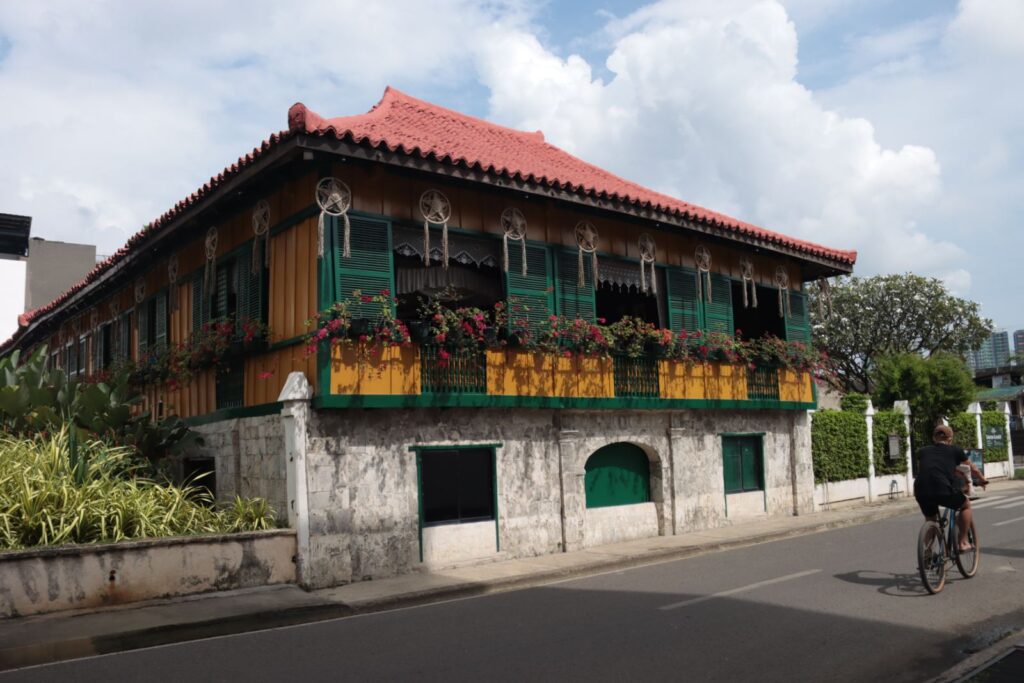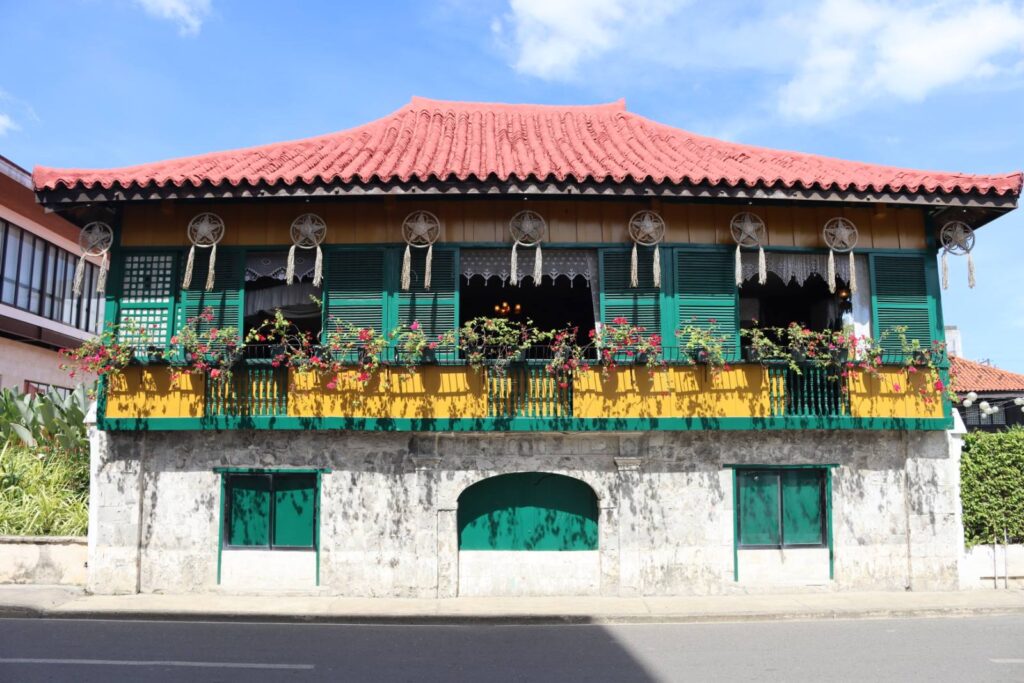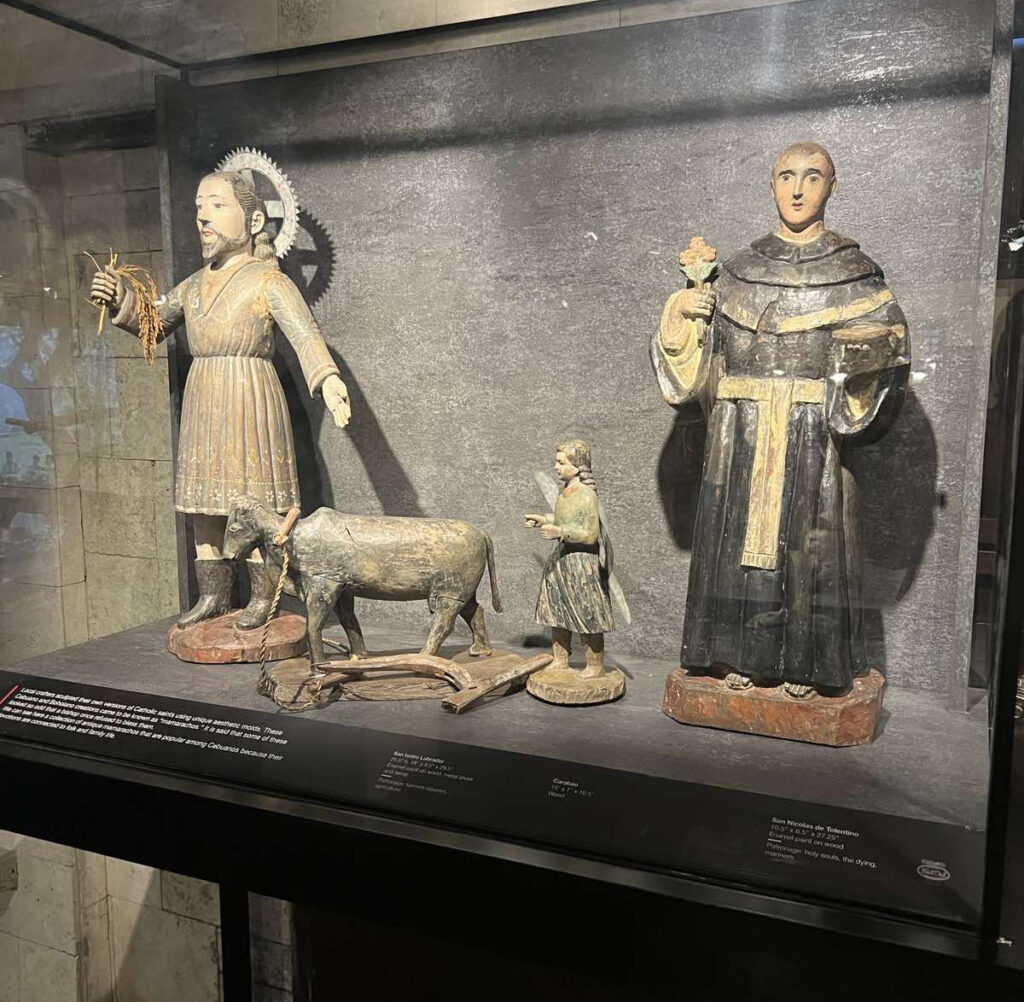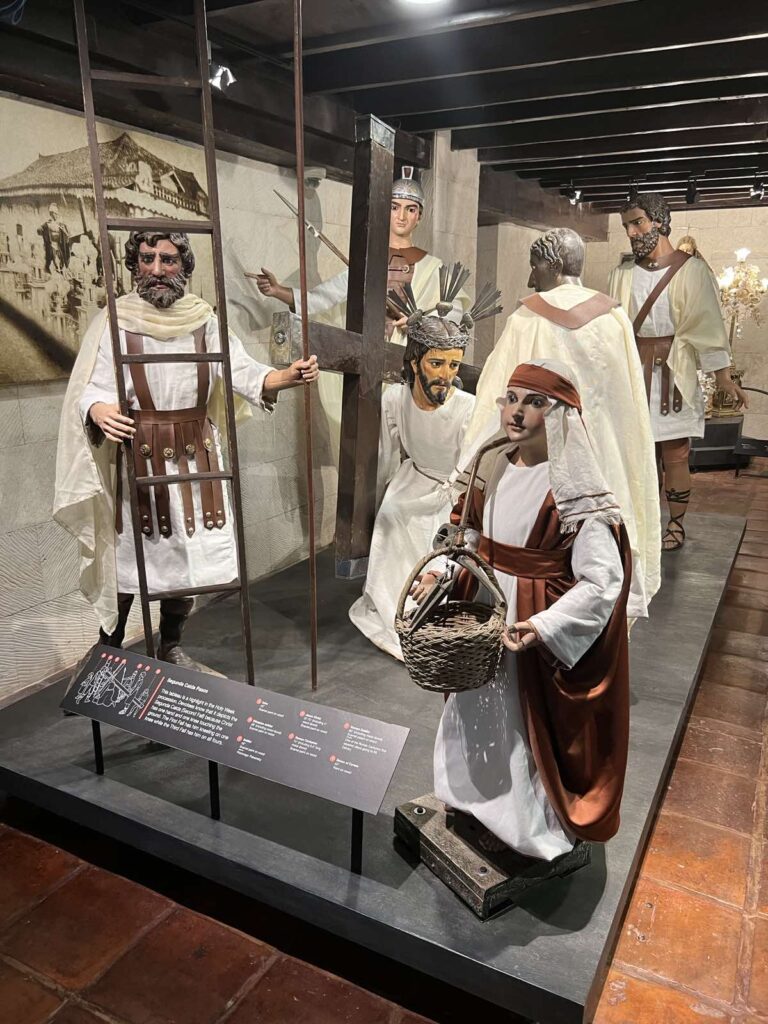A cornerstone of the Cebu heritage landscape for four decades now, Casa Gorordo proves to be a persistent cultural highlight of importance worthy of protection and preservation, for the appreciation and admiration of visitors.
Nestled at the old calle Lopez Jaena — renamed Eduardo Aboitiz Street — in the historical Parian area in the oldest city in the Philippines, the imposing structure was the abode of the Gorordo family for several generations. In time, it was acquired by the Ramon Aboitiz Foundation Inc. under its Culture & Heritage focus.
The casa is teeming with history and heritage, arts and culture, traditions and customs with actual pieces of the past; it now serves as a museum open to the public. It continues to be renovated and revamped as a destination of relaxation and learning. The latest rehaul has modernized the visitor experience to provide an interactive digital-age adventure, while maintaining its personalized tour guide-led jaunts.

As the house has remained a lynchpin to the country’s legacy, the National Historical Commission of the Philippines designated Casa Gorordo a National Historical Landmark in 1991.
One hot afternoon amidst the country’s latest heat wave — which was instantly negated by the excellent airconditioning system, whew! — we took an indoor paseo at the depository and immediately noticed the improvements on the already-impressive galleries. We were instantly taken aback — make it awed — compared to our visit over a decade ago.
We were accompanied by knowledgeable tour guide and researcher Kai Rafanan, who was clearly not in a hurry and took great joy in explaining all the attractions with utmost detail.

for the daily tribune
Casa Gorordo expert Tour guide and researcher Kai Rafanan.
For starters, she pointed out the intrinsic elements, namely the sturdy posts made with the hardest wood available such as molave, while walls were constructed with corals — long before its use as a material was restricted and prohibited. The roofs were tisa by nature, windows out of authentic Capiz shells. The exterior was painted in a vibrant yellow-orange color of Mexican influence. Remember the Galleon Trade?
An informative digital screen featured a video of the history of the Philippines, the island of Cebu and Casa Gorordo from the 1600s all the way to 1945, right after the World War II.
Religion played a huge role in their lives, evident in the items of devotion, which included religious tableaus like the Segunda Caida Pasos, a regular of the Holy Week procession. The San Juan Pasos represented the baptism of Christ by Saint John the Baptist. Also of note were wooden statues of San Isidro de Labrador and San Nicolas.
Another point of curiosity were traditional farming implements, such as the salakots which are braided straw hats, plus bolos and their holders, stone mills plus mortars and pestles, cacao pressers, grinders of all kinds and even tuba containers.
Exhibits of interest were the various modes of transport, such as the balsas or sleds pulled by cows, caromatas or carts attached to carabaos, tartanillas or horse-drawn carriages or kalesas, the tranvias or street cars and even the limited-distance Cebu railway, which were all instrumental in transporting our ancestors and their goods from point to point.

We took the majestic staircase, which led to more surprises such as the collection of impressive furniture and fixtures in the sala or living room. Just adjacent was the Master’s Bedroom with the fabled arinola underneath, not to mention the Spinsters’ Room, which had a vintage sewing machine propped up by the window.
We likewise whispered a prayer at the family capilla, with Crucifixes and patron saints. Another popular room was the Library, which contains — I kid you not — First Edition Cebuano translations of the Noli Me Tangere and the El Filibusterismo! Truly definite crucial pieces of history.


The comedor or dining room boasted of fine silver cutlery, fancy glasses and goblets, fine china, and an exquisitely-embroidered mantel, ready to entertain at the next fiesta.

Moving right along, we discovered the cocina and noticed an old-school vintage container of Coca-Cola. We learned it came in powdered form and once mixed with carbonated water, it produced the fizzy drink we all know and love. A cast-iron stove reminiscent of a hearth used to be the go-to stovetop, wherein one needs to feed it firewood to cook.

At the veranda, the trellis roof is filled with vines and flowers, while bangas — called Mattaban jars — were utilized as additional airconditioning for times of yore.

During our visit to the Persons With Disability (PWD) Friendly casa, we even met two architecture graduates, busy preparing for their licensure board exams, with a hunch that a part will touch on heritage architecture. This served as their review as they meticulously went through all the rooms. Godspeed to them.

As we winded down, we bumped into Museum Officer Rave Axl Fabria, who in spite of his day off, checked up on the property. We then headed to the appreciated itinerary: the in-house Bo’s Coffee Cafe, a proudly Cebu brand which uses Philippine-sourced beans, a favorite hang-out spot for students and other visitors.
And despite the expansion of articles and technological advancements for a pleasant stay at the museum like no other, the entrance fees have remained affordable. Regular tickets are priced at P100, which offers an app-based tour. Personalized guided ones are pegged at Php150. Meanwhile, Persons with Disabilities (PWD), Seniors, Students, and Kids aged seven to 12 years are all at a discounted rate of P50. That’s a deal not to be missed.
Casa Gorodo is located at 35 Eduardo Aboitiz Street, Cebu City. It is open from Monday to Saturday, from 9am to 5pm.
¡Enhorabuena RAFI!







